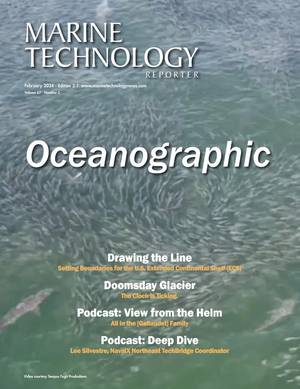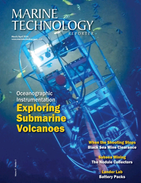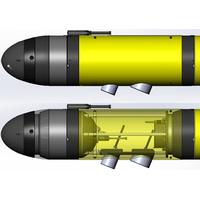
Teledyne Integrating the Kongsberg EK80 WBT Mini Into Its Slocum Gliders
;s ecology, especially when combined with other available sensing options on the glider that collect biogeochemical and physical ocean data.Teledyne said it has previously installed the EK80 onto its Slocum glider on a project basis for multiple customers with great early success. The University of Alaska Fairbanks’ glider, Gretel, has been deployed several times with the EK80 gathering valuable data for fisheries research. This collaborative effort provides a formal and streamlined integration. Sales of this new echo sounder package have already commenced with scientists at Akvaplan-niva

US Invests Nearly $16 Million to Advance Marine Energy
economic development in Yukon River and Alaska Native communities. Many communities on the Yukon and Kuskokwim rivers are powered by local microgrids where the river current potential resource is an order of magnitude greater than average electrical loads.The selected project is led by the University of Alaska Fairbanks’ Alaska Center for Energy and Power, which plans to develop a replicable, community-led current energy research and development project in the Yukon River at Galena, Alaska. The primary goal is to identify and develop a technology appropriate for the community. This project will
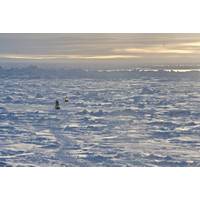
The Arctic: Scientists Aim to Improve Sea Ice Predictions' Accuracy, Access
Sea ice predictions have improved markedly since the founding of an international forecasting and monitoring network 14 years ago.“These forecasts are quite encouraging in their increasing accuracy,” said Uma Bhatt, an atmospheric sciences professor at the University of Alaska Fairbanks Geophysical Institute. Bhatt spoke about the Sea Ice Prediction Network at the American Geophysical Union’s annual meeting last month.As the amount of sea ice in the Arctic declines, thins and becomes more mobile, accurate forecasts are becoming even more vital for things like fisheries and resource
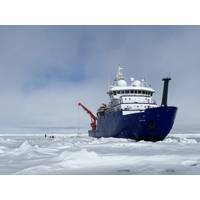
UAF’s GINA Provides a Guiding Hand in Arctic Ocean Research
operated by UAF, pauses in the Arctic Ocean in June 2021 during its fifth year of operation. A few months later, it traveled farther north than ever before — almost 500 miles beyond Point Barrow.Satellite imagery produced at the Geographic Information Network of Alaska, or GINA, at the University of Alaska Fairbanks Geophysical Institute helps the Sikuliaq weave its way through the ice.The satellite images, along with satellite data from other sources, show up on the Sikuliaq’s bridge in an easy-to-use web-based map server. The map server has been on the Sikuliaq since 2013, when the ship was
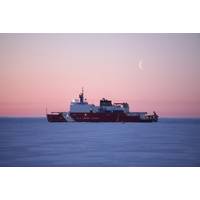
Call for Nominations: UNOLS Arctic Icebreaker Coordinating Committee
Science Foundation’s Office of Polar Programs and to U.S. research icebreaker operators, for the purpose of enhancing scientific facilities and capabilities aboard U.S. research icebreakers, primarily the USCGC HEALY (operator: United States Coast Guard) and the RV SIKULIAQ (operator: University of Alaska Fairbanks). The AICC solicits, synthesizes, and presents the needs of the Arctic science community to the icebreaker operators and to the NSF, fulfilling an ombudsman role when necessary and facilitating the efficient and effective execution of scientific research by U.S. icebreakers. The AICC
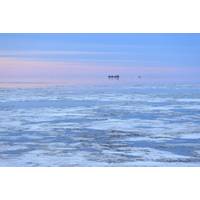
Winter Sea Ice in Bering Sea Reached Lowest Levels in Millennia
would have affected rainfall and sea ice over some 5,500 years, according to the study published in the journal Science Advances."The island in itself has acted as its own weather station," said study co-author Matthew Wooller, director of the Alaska Stable Isotope Facility at the University of Alaska Fairbanks. The sediment layers in the peat cores serve as a "book going back in time."With the Arctic warming rapidly in recent decades, the extent of sea ice over the northern polar region has steadily waned. This year saw the summertime Arctic sea ice hit its lowest level for July in
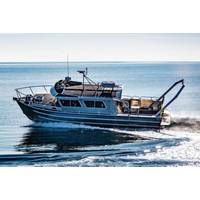
R/V Nanuq Joins U. of Alaska Fleet
The College of Fisheries and Marine Science at the University of Alaska Fairbanks added a new Armstrong Marine-built research vessel to its fleet, Nanuq, which arrived in Seward, Alaska, ealiers this summer.The Port Angeles, Wash.-based boatbuilder designed the 40-foot aluminum hulled boat and Pacific Power Group, working closely with Armstrong, fit the vessel with a pair of Volvo Penta D6 engines that each deliver 330hp. The engines are paired with Aquamatic outdrives and Volvo hydraulic power steering.“Research vessels have very specific performance requirements and Volvo Penta propulsion

Armstrong Marine Delivers R/V to University of AK
The 40’ x 13’ research vessel Nanuq recently entered service for the University of Alaska Fairbanks College of Fisheries and Ocean Sciences. In a competitive solicitation process last year, the University selected Armstrong Marine’s proposal to design and build the vessel.Nanuq is customized for research and teaching operations. The monohull features 28 – 32 knot cruise speed, hydraulic A-frame, overnight accommodations for five, full-service galley, head, Northern Lights 5kW diesel generator, and a Garmin/NMEA electronics package supplemented with a Furuno SC70 satellite
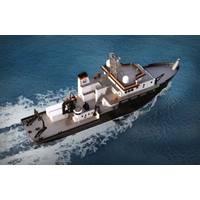
Rapp Marine to Equip New OSU Research Vessel
for research vessels has been developed through many recent research vessel handling systems delivered all around the world in the past decade. Notable recent Rapp Marine research vessel equipment deliveries in the U.S. are the R/V Sikuliaq, a UNOLS Global Class vessel operated by the University of Alaska Fairbanks, and five NOAA Fishery Research Vessels (FRV), including the latest R/V Reuben Lasker, featuring all electric driven winches. On a global level, Rapp Marine has delivered a dozen handling systems to new research vessels operating all around the world, notably in Norway, China, Australia

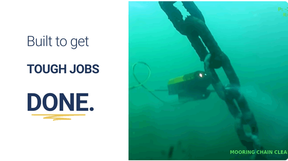
 February 2024
February 2024
